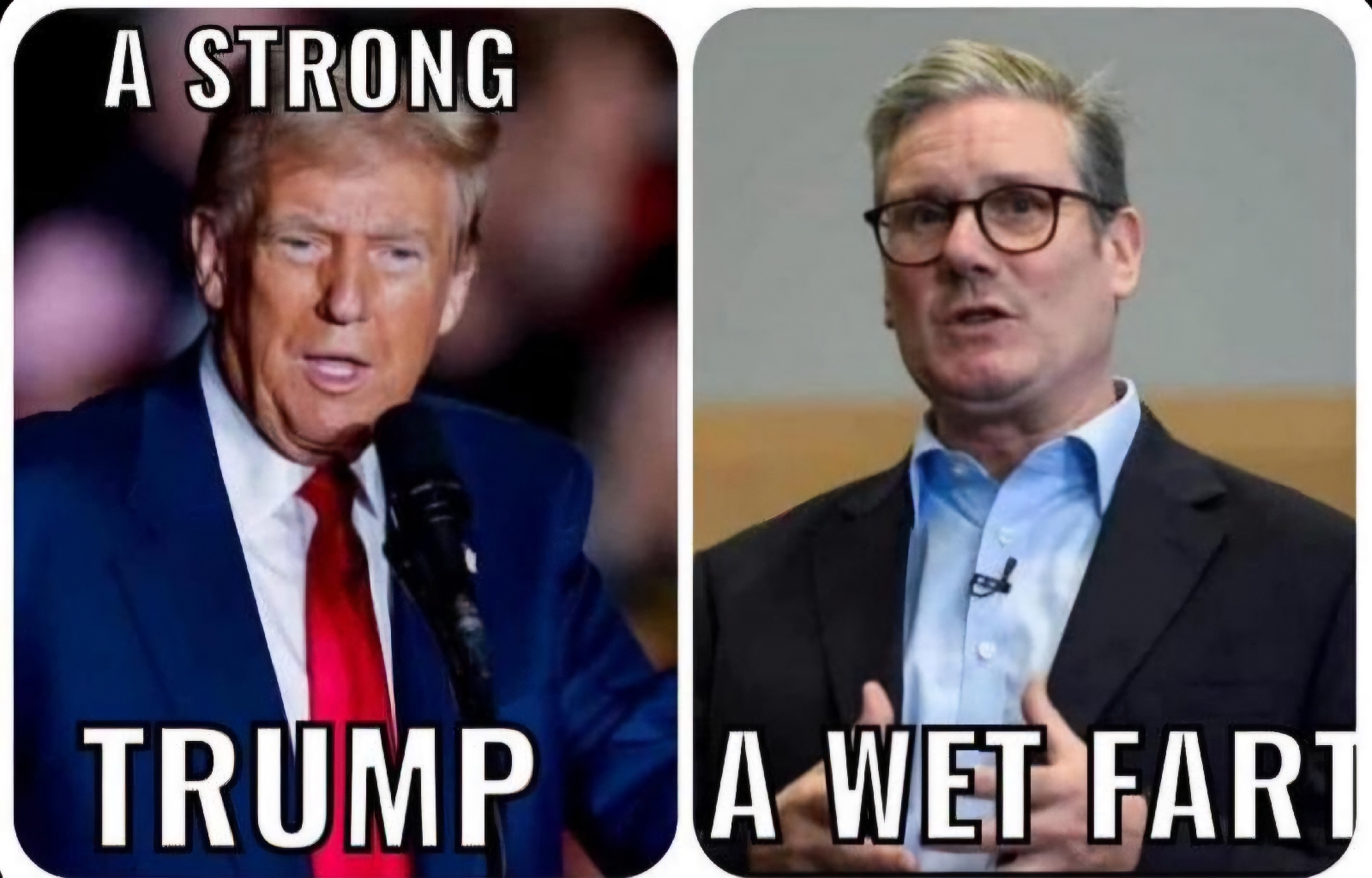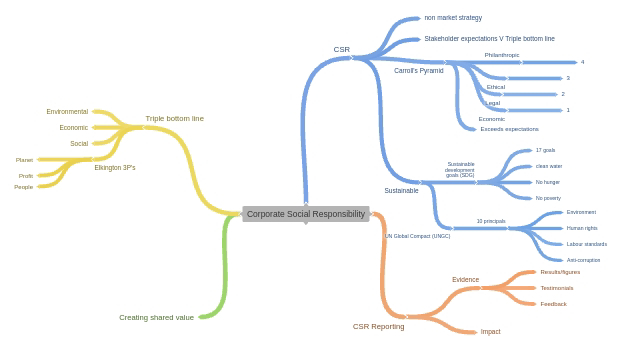4 November 2024
WHAT IS BEST, QUALITY OR SPEED ?
What is best: spending more time on your work, checking to make sure your answer is accurate and holds together; or delivering an imperfect result for discussion?
PART ONE - QUALITY V. SPEED
1. Introduction
Introduction: So what is best, speed or completeness? Of course, in time-critical environments where time is money, turn-around time is most important. But on the other hand you want results that are evidenced, can be relied upon and do not require much further discussion with the boss or client.
The Requirements of each challenge and each customer will differ, so perhaps a balanced team of workers with different talents is required, permitting a flexible approach to all the different situations that the team might face.
Part One: So let's look through the issues: quality or speed? innovation or routine? right-first-time or in-flight correction? Then we can answer the question by identifying the characteristics of a flexible organisation, one that is able to meet a varierty of challenges, thanks to a balanced team.
Part Two: And finally, for a bit of fun, let's look at the different character-types that you might find in a successful organisation, in this regard.
And if you are a quality guy who doesn't want to take a lot of work home, then maybe you can assess the jobspec (the task), using Part One here and put the choice of quality or speed to the boss.
2. Quality or Speed?
First is the issue of quality or speed ? I would imagine that in high value-add work, it is better to favour accuracy, rather than delivering a result quickly. The customer is paying a lot for what you deliver and expects a high quality answer, and wouldn't want to have to spend a lot of time thrashing through the details. Same for the boss, whose time is also limited.
3. Innovation or Routine?
Second, reading around the subject and reflecting on the challenge, seeing it through different lenses and perspectives, does require more time and is likely to produce a more innovative or original or surprising answer. Certainly a more balanced answer.
4. Right First Time or In-flight Correction?
And thirdly, a result which is "right first time" because it has been checked through by the worker, means that there will be a lot more confidence in that worker's answer, and the manager will be grateful at having to spend less time checking the worker's output.
5. Horses for Courses
Although of course, it depends on the environment you're working in - it may be time-driven, dynamic, where a fast turn-around is the number one priority, for discussion and correction later with the boss and end customer.
Or maybe an environment where the challenges posed take the knowledge-worker into unknown territory that obviously will require more thought, so a more academic, balanced and intelligent approach.
We can conclude that it is "horses for courses" from the point of view of the organisation. Some horses will perform best on soggy ground, others on dry ground, some are better for jumps etc, etc.
6. Conclusion: Balanced Team
So overall, in your team, you want a nice balance of different approaches and talents so that the boss can parcel out the work to those most able to deal with the particular demands, according to the different kinds of challenges from different customers and the availability of workers, of course.
PART TWO - MATCHING THE WORKER TO THE TASK
We are playing with three things here: the team, the task and the worker.
Imagine the scene: The boss is deciding who to give the latest piece of work to. And he picks you.
Well, you can look through the jobspec and a) understanding the task as above, in Part One and also b) knowing yourself as herebelow in Part Two, you might be able to say to the boss pretty quickly,
"Well boss, this job of work is going to take 3 hours or 3 days [your quick assessment]. Tell me what is best in the circumstances. A high quality result that might take a bit longer, or a quick response that will require further discussion and correction?"
1. Introduction to Character Traits of Worker A and Worker B
Character traits often influence work styles, with particular qualities aligning with either a speed-focused or quality-focused approach. Understanding these traits can help clarify the strengths each worker brings and how they may fit within a team dynamic.
2. Worker A: Speed-Focused Traits
2.1 Key Character Traits
Energetic: Likely has a high level of motivation and energy, fuelling a proactive approach to meeting deadlines and quick responses.
Decisive: Makes swift decisions, trusting their judgement without excessive deliberation, which can drive efficiency in fast-moving tasks.
Confident in Action: Shows confidence in their ability to deliver results quickly, which often fosters a sense of reliability in time-sensitive situations.
2.2 Potential Challenges
Risk-Taking: May prioritise action over caution, occasionally risking errors or overlooking details. This tendency may require a tolerance for minor setbacks or iterative adjustments.
Impatient: Could feel frustrated with slower, more deliberative processes, sometimes underestimating the value of thorough review.
Results-Oriented: Often prioritises the end result over process, which might limit their engagement with tasks that require deep analysis or prolonged focus.
3. Worker B: Quality-Focused Traits
3.1 Key Character Traits
Meticulous: Pays close attention to detail, showing dedication to producing polished, well-researched, and accurate work.
Reflective: Prefers to think carefully before acting, fostering an analytical mindset and strong problem-solving skills.
Patient: Willing to take the time necessary to ensure high standards, demonstrating patience and self-discipline in their approach.
3.2 Potential Challenges
Perfectionist: May sometimes strive for an ideal outcome, potentially leading to self-doubt or overthinking, which could slow down progress.
Risk-Averse: Often prefers to minimise errors, which may discourage taking risks or experimenting with unconventional solutions.
Process-Oriented: Finds value in the journey of understanding, which might lead to spending more time than necessary on tasks, especially in high-pressure environments.
4. Summary of Character Comparisons
Complementary Strengths: Worker A’s decisiveness and energy can balance Worker B’s patience and thoroughness, with each worker providing strengths where the other might be less effective.
Team Dynamics: Worker A’s quick results can keep projects moving, while Worker B’s meticulousness ensures that final outputs are credible and well-polished. Together, they could form a highly effective team if they can appreciate each other’s methods.
5. Conclusion: Balanced Character Contributions
In assessing both character types, neither worker is inherently “better”; each brings unique strengths that contribute to the team. Worker A may shine in roles requiring high energy and responsiveness, while Worker B excels in roles demanding precision and thoughtfulness.
Embracing these different characters within a team can promote a balanced environment where both speed and quality are appreciated and optimised for the organisation’s overall success.
Further Reading




















